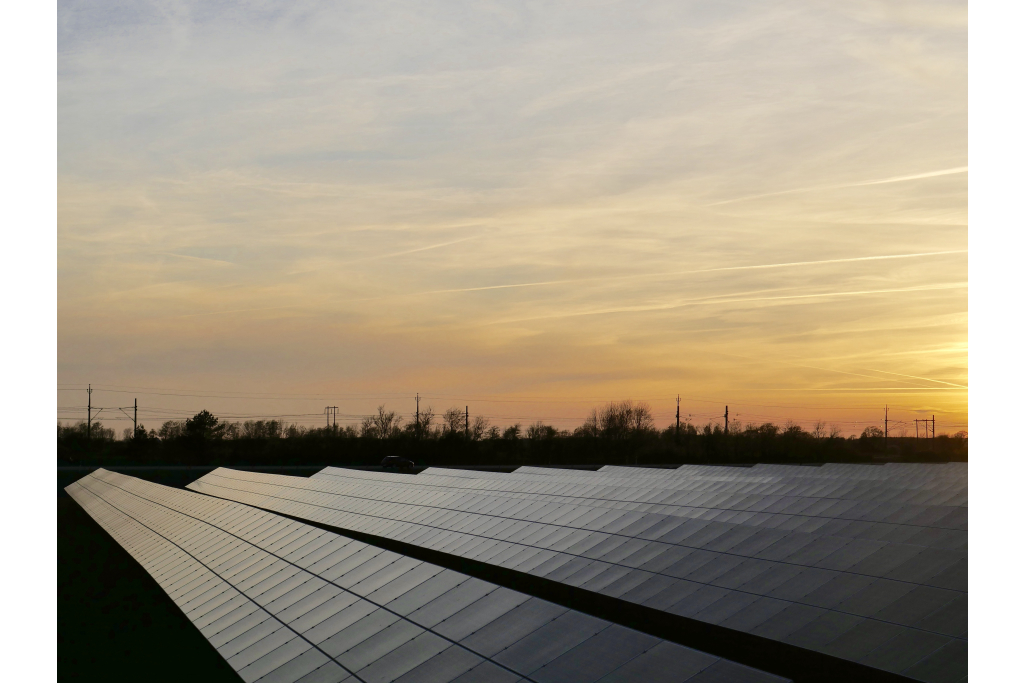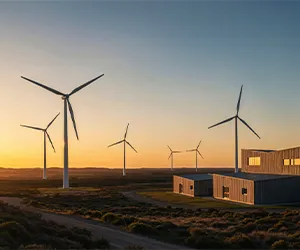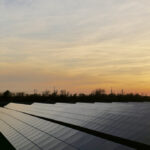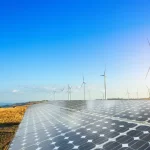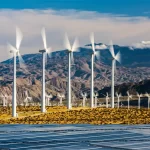IREDA Half-Year Results 2025 – Loan Sanctions & Growth
India’s clean energy financing architecture has always drawn keen interest from industry watchers, policy analysts, and investors alike. As we progress deeper into FY 2025-26, one of the pivotal updates in this space comes from the Indian Renewable Energy Development Agency (IREDA). On October 3, 2025, IREDA published its half-year results for the six months ending September 30, providing fresh insight into how the agency is scaling up its role in accelerating green financing across the country. These IREDA half-year results offer a revealing snapshot of the institution’s momentum, the effectiveness of its lending strategies, and its evolving risk profile.
The data contained in the report paints a robust picture: IREDA loan sanctions surged by 86 percent year-on-year, reaching ₹331.48 billion in H1 FY 2025-26, up from ₹178.60 billion in the same period last year. At the same time, loan disbursements climbed by 54 percent to ₹150.43 billion, versus ₹97.87 billion in H1 FY 2024-25. Meanwhile, the outstanding loan book expanded to ₹844.45 billion as of September 30, marking a 31 percent rise over the ₹645.64 billion outstanding in the prior year’s half-year.
In short: the IREDA half-year results underscore both the growing scale and the deepening reach of clean energy financing in India. Behind these headline numbers lie several nuanced trends worth unpacking—how capital flows are being deployed to nascent solar manufacturing projects, how the agency is structuring risk, and what the trajectory for future quarters might look like.
Setting the Context: Why IREDA’s Half-Year Performance Matters
Before delving deeper into the numbers, it’s useful to step back and understand the role IREDA plays in India’s energy transition. As a government-backed institution dedicated to financing renewable energy and related technologies, IREDA occupies a critical junction between policy intent and capital deployment. Its ability to sanction, disburse, and manage loans effectively directly impacts how smoothly projects across wind, solar, green hydrogen, energy storage, and hybrid systems can scale.
Thus, when IREDA loan sanctions jump nearly twofold in a single half-year, it’s not just a financial statistic—it signals a broader surge in confidence in India’s transition plans. The IREDA half-year results become a barometer for the health of the renewable energy financing ecosystem, and a leading indicator for where the clean energy sector is headed in the near term.
Key Highlights from the IREDA Half-Year Results
Let’s walk through the most salient points from the disclosure:
- Massive jump in loan sanctions: The quantum leap—86 percent to ₹331.48 billion—reflects an aggressive pipeline push by IREDA and rising demand from developers. The contrast with ₹178.60 billion in H1 FY 2024-25 emphasizes how the fiscal momentum has accelerated.
- Healthy rise in disbursements: Sanctions without disbursements are only potential capital. IREDA’s ₹150.43 billion disbursement level, up 54 percent year-on-year, indicates that projects are moving from planning to execution phases. The prior figure of ₹97.87 billion in H1 FY 2024-25 serves as a useful baseline.
- Expanding loan book base: The outstanding portfolio now sits at ₹844.45 billion, which is a 31 percent increase from ₹645.64 billion same time last year. This steady accretion of asset base suggests that IREDA is not only originating new loans but maintaining active exposure to existing ones.
- Strategic commitments: In addition to standard project financing, IREDA also approved a loan of ₹11.34 billion to Insolation Energy’s subsidiary, Insolation Green Energy, for a 4.5 GW solar cell manufacturing plant in Madhya Pradesh.
- Perpetual bond issuance: To bolster capital buffers, IREDA raised ₹4.53 billion through its second issue of perpetual bonds at a coupon rate of 7.70 percent per annum. This move signals a push to diversify funding sources and support growth.
Together, these data points chart out a clear narrative: IREDA is expanding both in scale and complexity.
What the Surge in IREDA Loan Sanctions Implies
The dramatic rise in IREDA loan sanctions deserves particular attention. Sanctions are commitments made for future credit. When these numbers spike, it means that project developers—both established and emerging—are confident enough to request financing and take on development risk. This confidence may stem from:
- Policy tailwinds: If central and state-level policies are favorable, developers anticipate easier permitting, tariff certainty, or subsidized incentives.
- Maturing market structures: As renewable technologies become cost-competitive, more developers step in, demanding capital.
- Better risk appetite: Financial institutions may be more willing to support green projects, especially with backing from government institutions like IREDA.
- Diverse lending mandate: IREDA is also venturing into areas like solar manufacturing finance (as seen in the Insolation Energy example), not just project CAPEX.
However, high sanctions also come with responsibilities: they create pressure to ensure disbursements keep pace, and that credit risk (defaults, delays, cost overruns) remains manageable.
Disbursements vs. Sanctions: Closing the Gap
While sanctions reflect intent and pipeline, disbursements speak to execution. In the IREDA half-year results, disbursements increased by 54 percent to ₹150.43 billion, which is impressive, though not quite matching the 86 percent growth in sanctions.
This gap can arise from multiple factors:
- Project delays in regulatory clearances or land acquisition
- Technical or logistical bottlenecks
- Phased fund release structures
- Developers’ control over fund drawdowns
Monitoring whether disbursement growth in subsequent quarters catches up with sanction growth will be an important benchmark for IREDA’s operational efficiency.
Rising Loan Book: A Double-Edged Sword
The outstanding loan book now stands at ₹844.45 billion, growing 31 percent year-on-year.
That growth is a strong sign of long-term commitment and residual value accumulation in IREDA’s portfolio. But with scale comes complexity, including:
- Exposure to stressed assets
- Need for robust risk management and credit assessment frameworks
- Greater capital adequacy requirements
- Demand for diversified funding sources (equity, bonds, concessional finance)
That’s where the perpetual bond issuance strategy (₹4.53 billion at 7.70 percent) comes into play—providing capital cushion to service growing loan obligations.
Broader Significance: What It Means for India’s Clean Energy Transition
The IREDA half-year results carry implications well beyond one agency’s performance. They reflect broader macro trends in India’s clean energy financing ecosystem:
- Accelerated deployment of solar, wind, storage, and hybrid projects
- Scaling of domestic manufacturing via project finance (e.g. solar module plants)
- Growing investor confidence in renewables
- Need for complementary policy support and risk mitigation mechanisms
- Strengthening of institutional capacity in green finance
In short, IREDA’s performance is a microcosm of India’s ambition to transition to a low-carbon future.

